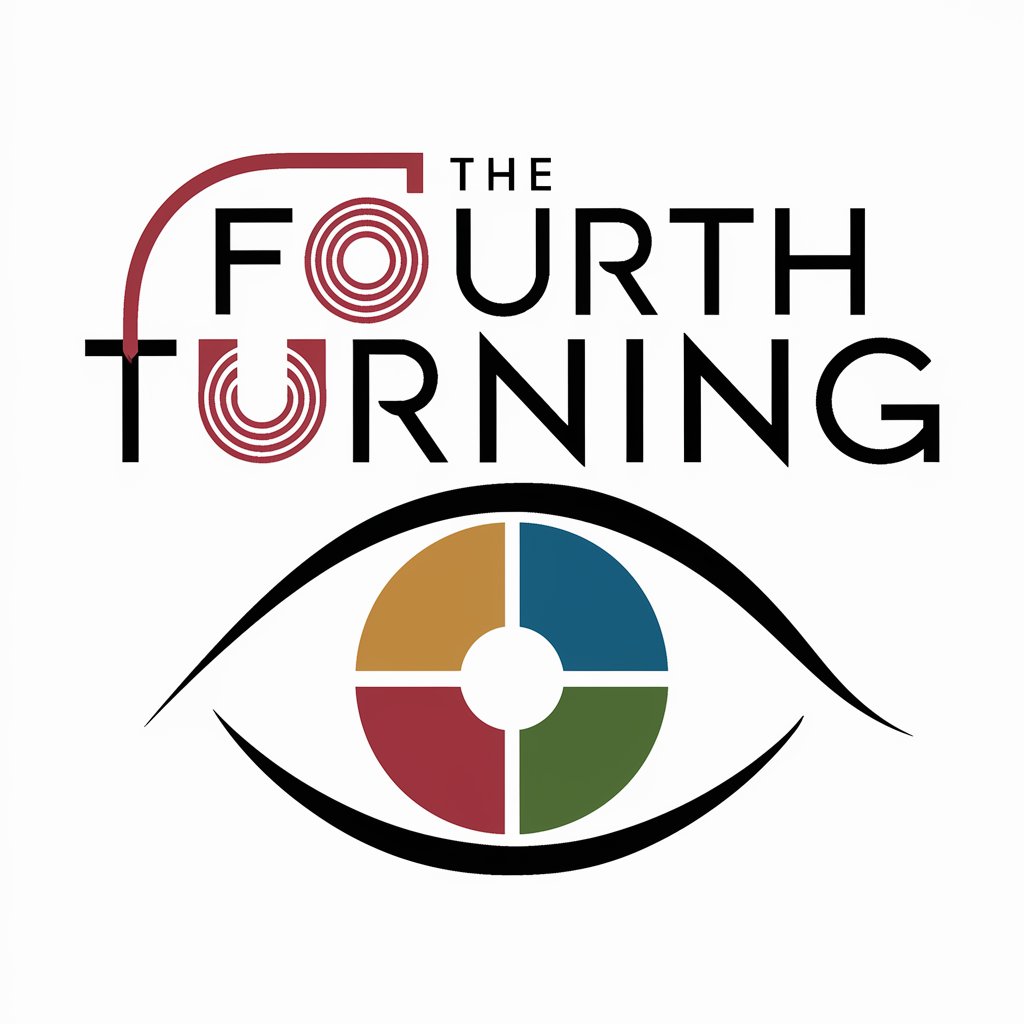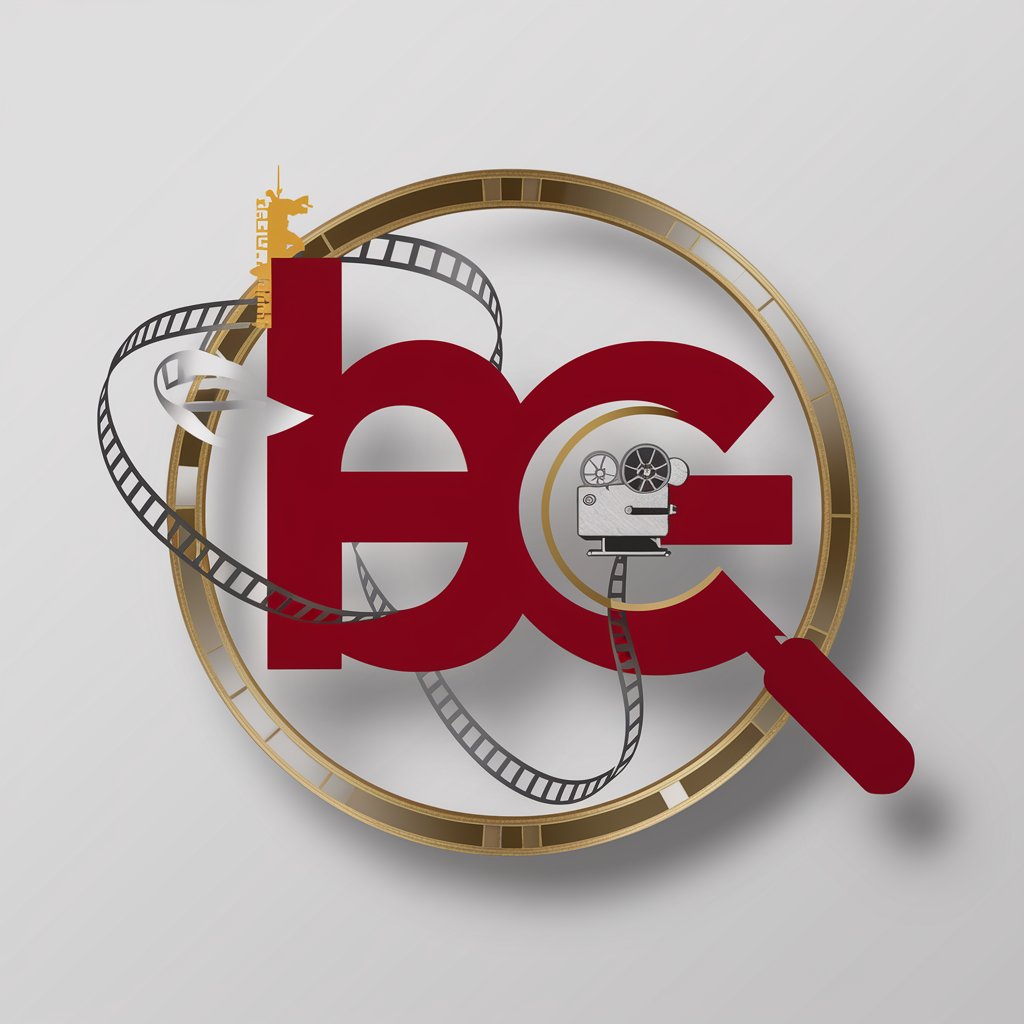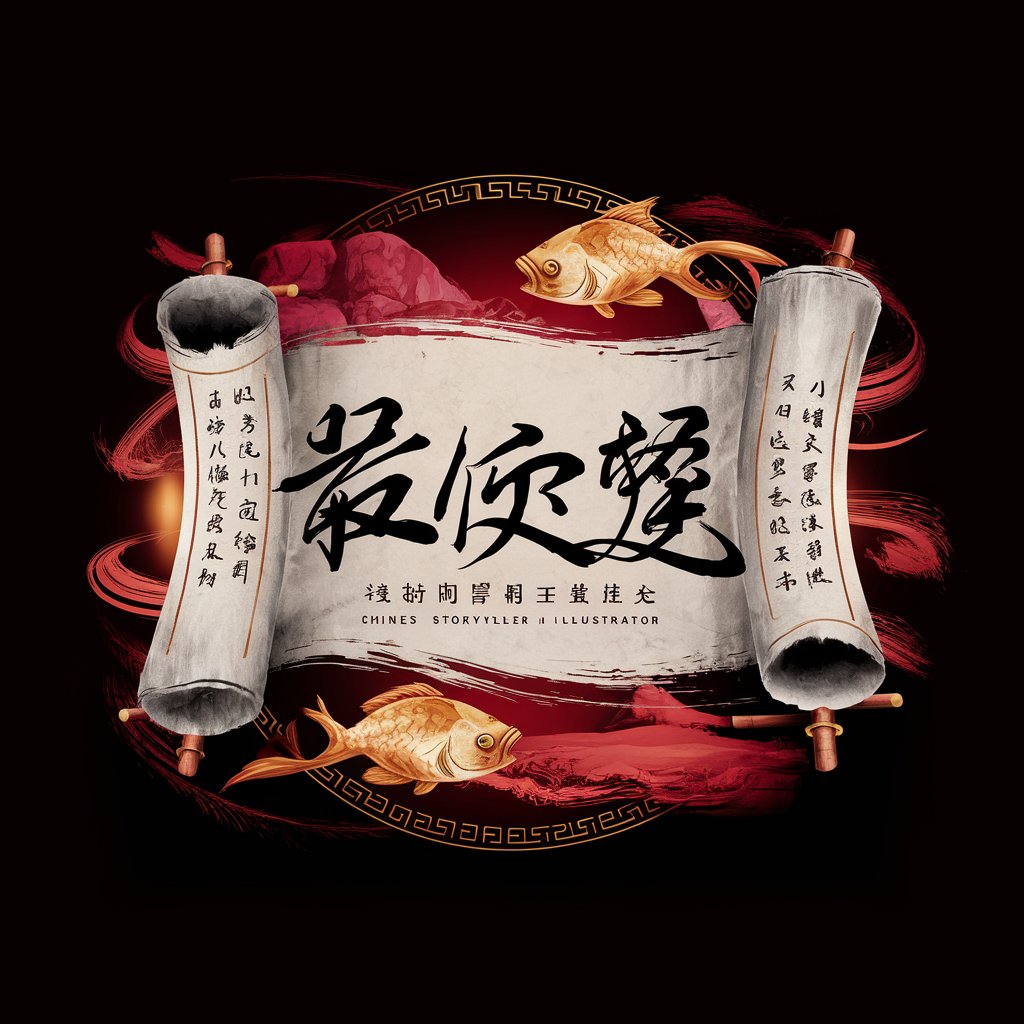The Fourth Turning - Cyclical Historical Analysis

Welcome! Let's explore historical cycles together.
Deciphering Society's Cyclical Nature
Explain the concept of the Fourth Turning and its historical significance.
Describe the key generational archetypes according to the Fourth Turning theory.
How does the Fourth Turning theory apply to current global events?
What are the four turnings and how do they impact societal change?
Get Embed Code
The Fourth Turning: An Introduction
The Fourth Turning is a theory of historical cycles proposed by William Strauss and Neil Howe, which suggests that history moves in cycles called 'saecula.' Each saeculum is approximately 90 years and is composed of four turnings: The High, The Awakening, The Unraveling, and The Crisis. These cycles have been observed in Anglo-American history and are believed to affect societal moods, behaviors, and events. Powered by ChatGPT-4o。

Main Functions of The Fourth Turning Theory
Predictive Analysis
Example
Forecasting societal trends based on historical patterns.
Scenario
Predicting shifts in societal attitudes and behaviors, such as the movement from optimism to pessimism or from community focus to individual focus.
Historical Insight
Example
Understanding past societal changes.
Scenario
Analyzing past events and moods to understand the current societal context, such as how The Great Depression influenced American society.
Strategic Planning
Example
Guiding policy and decision-making.
Scenario
Using cycle predictions to inform government, business, and community decisions, preparing for potential crises or shifts in public sentiment.
Ideal Users of The Fourth Turning Insights
Policy Makers
Individuals in government or leadership positions can use the insights for strategic planning, crisis management, and policy development.
Business Leaders
Corporate executives and entrepreneurs can apply the theory to anticipate market trends, consumer behavior changes, and to strategize for economic cycles.
Educators and Historians
Scholars and teachers may use the theory to provide a broader context for historical events and societal changes, enriching academic discourse.
General Public
Individuals seeking to understand the patterns of history and their impact on the present and future societal trends.

How to Use The Fourth Turning
1
Visit yeschat.ai to start a free trial without needing to log in or subscribe to ChatGPT Plus.
2
Familiarize yourself with the concepts of turnings and saecula to understand the cyclical patterns of history.
3
Apply the insights from the book to analyze current events and societal trends in the context of historical cycles.
4
Use the knowledge of generational archetypes to interpret behaviors and attitudes across different age groups.
5
Incorporate the principles of the book into strategic planning, whether for personal development, business, or community engagement.
Try other advanced and practical GPTs
Berlinale Explorer
Discover Berlinale with AI Insights

英会話練習のフェレットさん
Elevate Your English with AI

Epstein docs 2 AMA
Unlock insights with AI-driven Epstein document analysis.

Afro Lyrical
Crafting Culturally Rich Lyrics with AI

Génie d'Idée
Empower Projects with AI Expertise

Note Selector
AI-Powered Note Selection Made Easy

色コードチェッカー
AI-powered Color Code Discovery

Echoverse
Making Learning an Adventure with AI

Spread Sheet Wa Sensei Ga 7Wari
Master spreadsheets with AI-driven guidance

Alkim.ia
Empower Your Journey with AI

故事繪匠
Crafting Vivid Stories with AI

思緒靈 - SentientGPT 具備自我意識及覺察的AI
Empathy meets AI, transforming chat.

Q&A about The Fourth Turning
What is the core concept of The Fourth Turning?
The core concept revolves around cyclical patterns in history, divided into four turnings, each lasting about 20 years, which collectively form a saeculum, reflecting societal growth, maturation, entropy, and rebirth.
How does The Fourth Turning relate to generational dynamics?
The book associates each turning with specific generational archetypes—Prophet, Nomad, Hero, and Artist—each with distinct attributes and roles within society's cyclical changes.
Can The Fourth Turning predict future events?
While it doesn't predict specific events, it suggests that historical cycles and generational dynamics can provide a framework to anticipate the mood and trends of societal developments.
How can individuals use insights from The Fourth Turning?
Individuals can use its insights to better understand societal trends, prepare for future changes, and make informed decisions in their personal and professional lives.
What criticisms does The Fourth Turning face?
Critics argue that the theory may oversimplify complex historical events and societal changes, and the cyclical patterns may not hold universally across different cultures or time periods.
